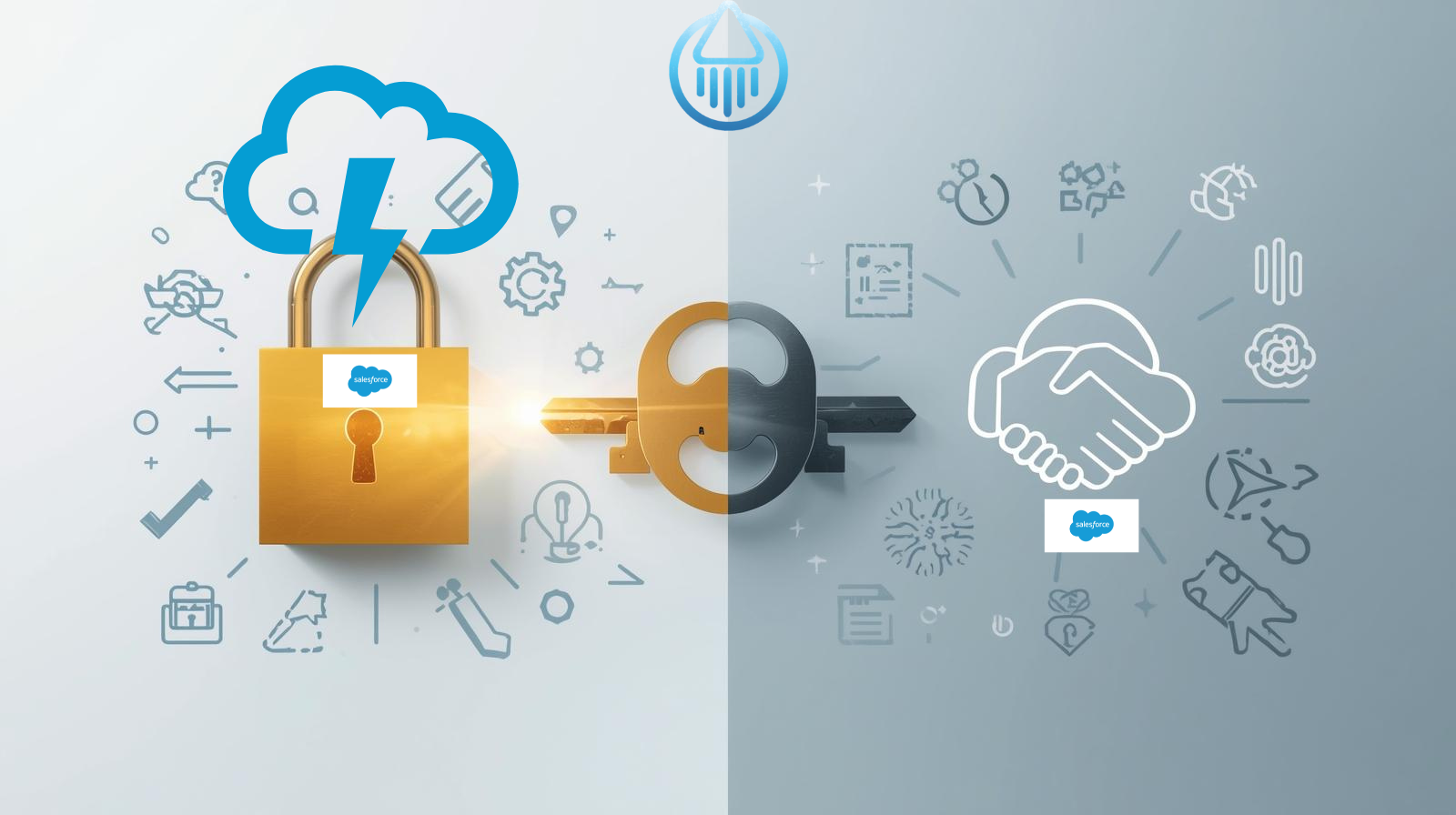.png)
The Challenge of Integrating Salesforce with EMRs
Integrating Salesforce with Electronic Medical Record (EMR) systems such as Epic or Cerner has always been one of the toughest hurdles in healthcare technology. The problem lies in data formats and compliance requirements:
- HL7 Events vs. FHIR APIs
EMRs often send patient and clinical data as HL7 event streams while newer APIs return data in FHIR format. Translating between the two is not straightforward. - Mulesoft as the “default” option
Mulesoft provides out-of-the-box connectors for HL7 ↔ FHIR translation and Salesforce integration. But the licensing and operating costs are prohibitively high—especially for organizations with limited budgets. - PII & PHI Data Sensitivity
With healthcare data, every step is governed by HIPAA compliance. Using online tools for testing, third-party libraries without rigorous vetting, or exposing data outside secure environments all introduce unacceptable risk. This makes even proof-of-concept work far more complex.
For many healthcare organizations, these constraints make Salesforce ↔ EMR integration seem nearly impossible without breaking the bank.
The Client’s Dilemma
One of our healthcare clients faced exactly this situation:
- They needed Salesforce and their EMR to share patient data.
- Their budget couldn’t justify Mulesoft’s cost.
- PII and PHI protections meant no third-party cloud tools, no online validators, and no insecure libraries could be used.
In other words, they needed a cost-effective, secure, and compliant integration—and they needed it fast.
The Escape-Force Solution
At Escape-Force, we saw this as an opportunity to reimagine how EMR ↔ Salesforce integrations could be built. Instead of relying on expensive middleware, we engineered a lightweight but highly secure alternative:
- Trusted Parsing Foundation
We identified and piggy-backed on a robust parser library that met all security requirements. This eliminated the need to reinvent HL7/FHIR parsing from scratch while avoiding unsafe or non-compliant tools. - Custom AWS Wrapper API
Around the parser, we built a wrapper service hosted in AWS. This API handled event ingestion, validated the payload, and managed transformations. - Conversion Flow: HL7 → XML → JSON
Instead of forcing HL7 data directly into JSON (error-prone and messy), we used a natural flow of HL7 → XML → JSON. This approach preserved data integrity and provided a clean JSON payload. - Direct Mapping to Salesforce Composite APIs
The final JSON objects were seamlessly mapped into Salesforce using Composite APIs—ensuring batch-safe operations while reducing API call volume. - Security First, Always
- Entirely within AWS Private VPC (no public exposure).
- No persistent data storage—data was processed and discarded.
- Encrypted VPN tunnels for traffic.
- No external validators or online tools involved.
The Outcome
This design checked every box:
- Secure: No PHI/PII ever left the client’s controlled AWS environment.
- Cost-Effective: Avoided Mulesoft licensing fees.
- Fast: Our modular wrapper allowed the integration to be built and deployed in weeks, not months.
- Scalable: Flexible enough to extend beyond Epic and Cerner to other EMRs or APIs.
Most importantly, it gave the client a fully compliant Salesforce ↔ EMR integration at a fraction of the cost—without sacrificing performance or patient privacy.
Why This Matters
This project illustrates what Escape-Force does best:
- We thrive on complex integrations where cost, compliance, and speed are all in tension.
- We know how to navigate the intersection of Salesforce and healthcare technology, delivering creative solutions that go beyond “buy the expensive middleware.”
- We build with security and scalability baked in from day one.
For healthcare providers, this means faster digital transformation, better patient engagement, and lower technology overhead.
👉 At Escape-Force, we don’t just “make it work”—we make it secure, efficient, and cost-effective.
Let’s Talk
Have a question or just want to say hello? Here's how you get started.


%20(1).png)
